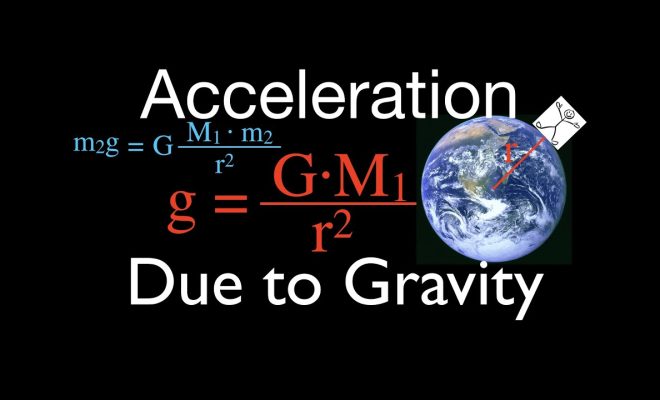How are calories burned calculated

Introduction
Calories are a measure of energy, and burning calories is an essential process in our bodies to maintain our health, manage body weight, and stay fit. Accurately calculating the number of calories burned during various activities is crucial for designing effective exercise routines and reaching fitness goals. In this article, we will explore the factors involved in calculating calorie burn and some common methods applied.
Factors Affecting Calorie Burn
Several factors contribute to how calories are burned during any activity. The primary factors include:
1. Body weight: Heavier individuals tend to burn more calories during physical activities due to the extra effort required to move their mass.
2. Age: Our metabolism slows down over time, leading to lower calorie burns as we age.
3. Gender: Men typically burn more calories than women due to higher muscle mass and metabolic rates.
4. Exercise intensity: The harder an individual works during exercise, the more calories are burned.
5. Duration: Longer exercise sessions result in more calories burned.
Common Methods for Calculating Calorie Burn
1. Metabolic Equivalent of Task (MET): MET values provide a standardized way to express the energy cost of physical activities across various intensities. This method combines the duration, intensity, and individual’s weight to calculate calories burned during an activity. Mathematically,
Calories Burned = MET value × Weight (in kg) × Duration (in hours)
2. Heart Rate Monitors: Many fitness trackers and heart rate monitors use proprietary algorithms that integrate heart rate data with information about age, gender, weight, and activity type to provide reasonably accurate calorie burn estimates.
3. Online calculators/apps: Plenty of online tools or smartphone apps allow users to input their
details like age, gender, weight, and type/duration of activity. These tools use predefined equations or algorithms tailored according to different activities and provide estimates on calories burned.
4. Indirect Calorimetry: While not practical for everyday use, indirect calorimetry is used in research and clinical settings to measure breath-by-breath or minute-by-minute oxygen consumption during exercise. This method is considered more accurate in estimating energy expenditure and calorie burn but can be expensive and less accessible.
Conclusion
Understanding how calories are burned and accurately estimating energy expenditure during exercise plays an essential role in designing effective fitness regimens, managing weight, and achieving health goals. By monitoring one’s calorie burn using the methods described above, individuals can make informed decisions about their exercise routine and make progress towards a healthier lifestyle.






